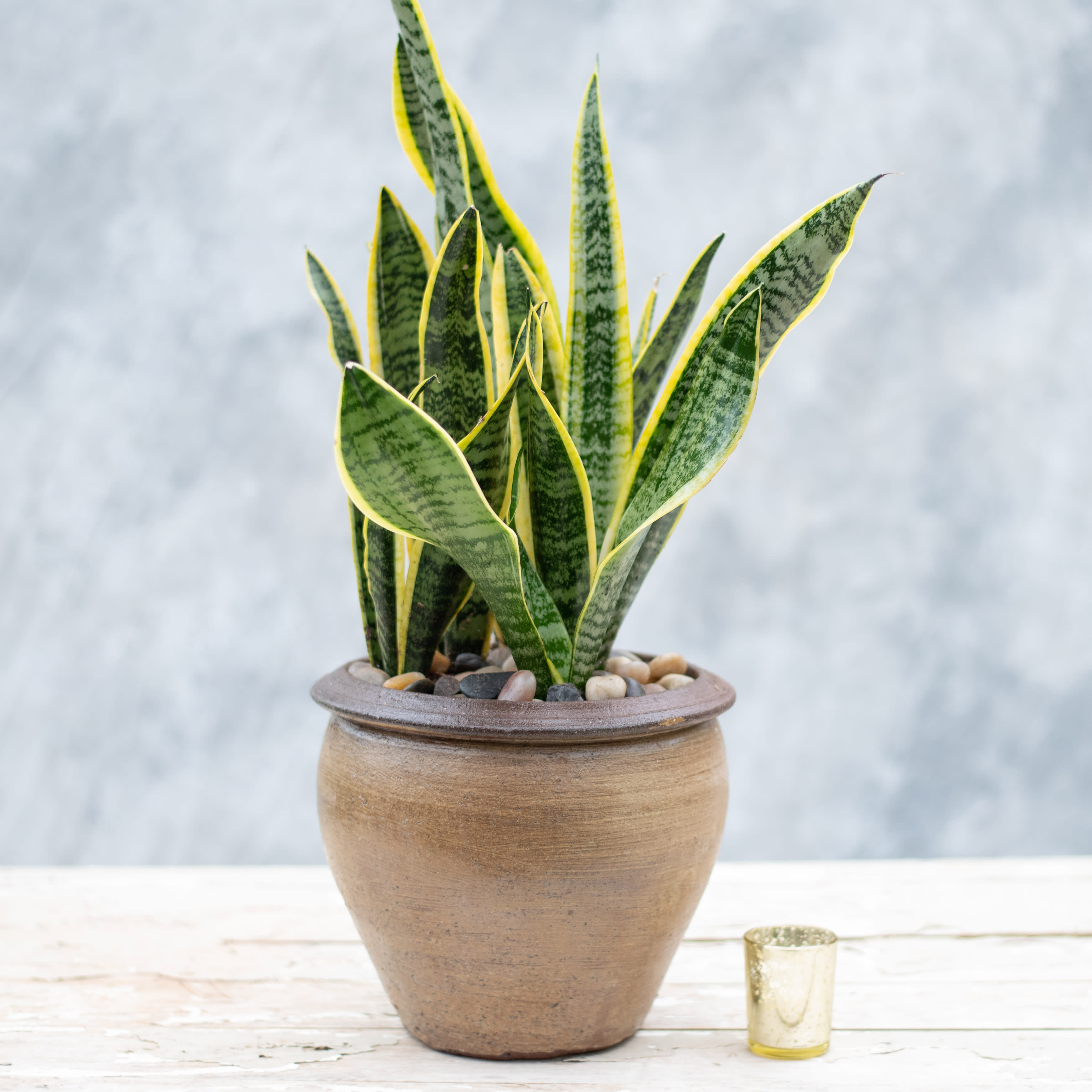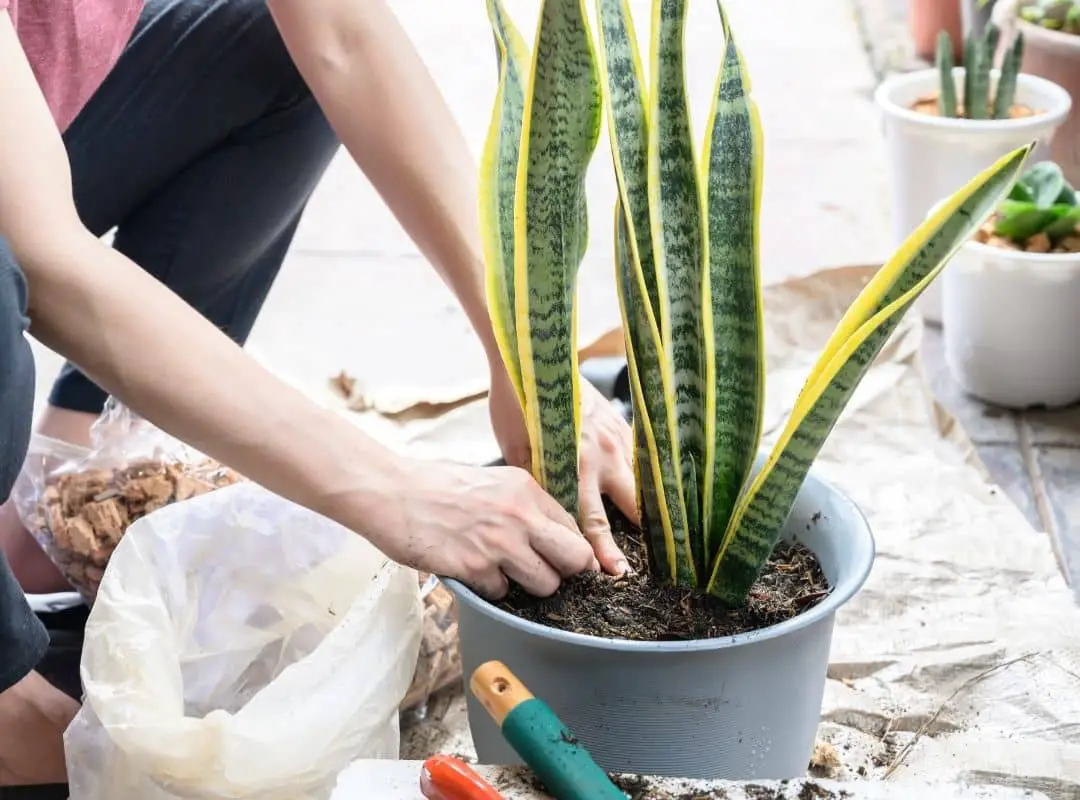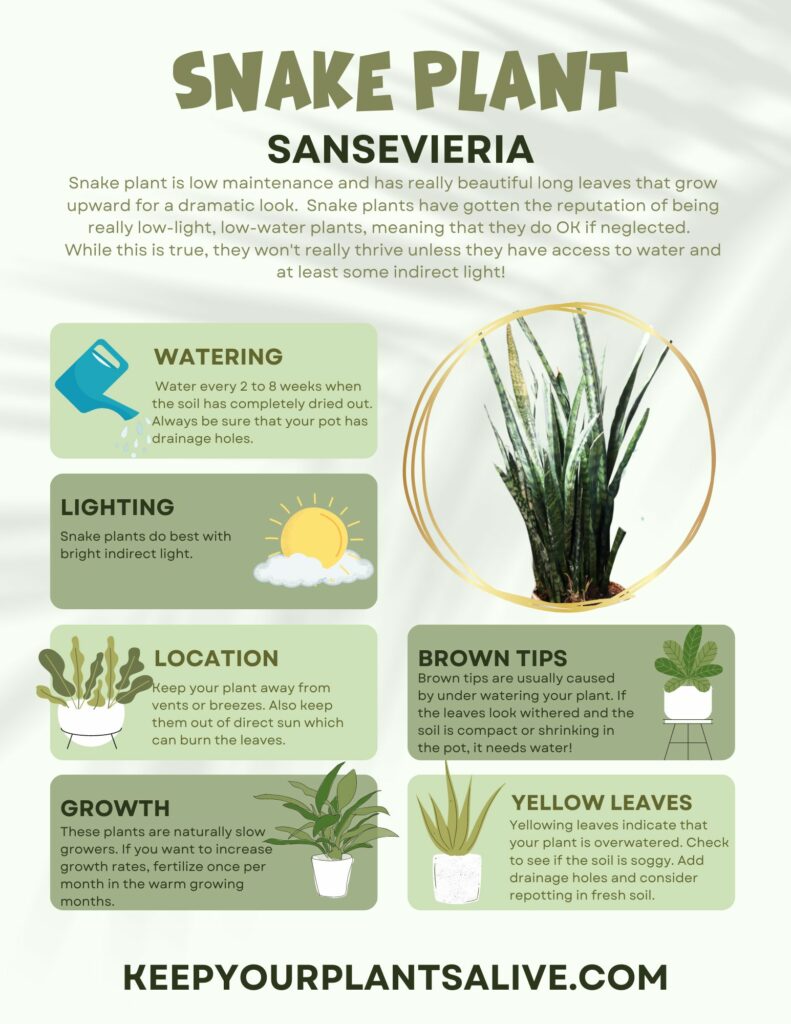Unlocking the Secrets of Snake Plant Success
The snake plant, a popular low-maintenance houseplant, has gained widespread recognition for its ability to purify the air and thrive in a variety of environments. Its ease of care makes it an ideal choice for busy individuals or those new to plant parenthood. By understanding how to take care of a snake plant, you can enjoy its many benefits, including improved air quality and a touch of greenery to your surroundings. With its ability to adapt to different lighting conditions, the snake plant can flourish in a range of settings, from bright offices to cozy homes. By following simple care guidelines, you can unlock the full potential of your snake plant and enjoy its many advantages.
Choosing the Right Environment for Your Snake Plant
When it comes to creating an ideal environment for your snake plant, understanding its lighting, temperature, and humidity requirements is crucial. Snake plants are known for their adaptability, but they still require specific conditions to thrive. In terms of lighting, snake plants can tolerate a range of conditions, from low to bright light. However, they tend to do best in indirect sunlight or partial shade. If you’re unsure how to take care of a snake plant in a low-light setting, start by placing it near a north-facing window or using grow lights to supplement the natural light. Temperature-wise, snake plants prefer temperatures between 65-75°F (18-24°C), making them a great choice for indoor spaces. Humidity levels can also impact your snake plant’s health, with ideal levels ranging from 40-50%. By understanding these environmental factors, you can create a thriving space for your snake plant to flourish.
Watering Wisdom: Avoiding Overwatering and Underwatering
Proper watering techniques are essential to maintaining a healthy snake plant. Overwatering and underwatering are common mistakes that can lead to root rot, yellowing leaves, and stunted growth. To avoid these issues, it’s crucial to understand how to check soil moisture. Stick your finger into the soil up to the first knuckle, and if the soil feels dry, it’s time to water. Water your snake plant sparingly, allowing the soil to dry slightly between waterings. The frequency of watering will depend on the environment, with plants in hotter, drier climates requiring more frequent watering. When watering, make sure to water thoroughly, allowing excess water to drain from the pot. This will help prevent waterlogged soil and root rot. By mastering the art of watering, you’ll be well on your way to learning how to take care of a snake plant and enjoying its many benefits.
Nourishing Your Snake Plant: Fertilization and Soil Care
Fertilizing your snake plant is an essential aspect of its care, as it provides the necessary nutrients for healthy growth and development. When it comes to choosing a fertilizer, opt for a balanced, water-soluble fertilizer that is specifically formulated for indoor plants. Dilute the fertilizer to half the recommended strength to avoid burning the roots. Feed your snake plant during the growing season (spring and summer) every 4-6 weeks, and skip fertilizing during the dormant season (fall and winter). In addition to fertilization, proper soil care is crucial. Use a well-draining potting mix to prevent waterlogged soil, and repot your snake plant every 2-3 years to refresh the soil and provide a larger pot if necessary. By following these fertilization and soil care tips, you’ll be well on your way to learning how to take care of a snake plant and enjoying its many benefits, such as air purification and low-maintenance care.
Pruning and Grooming: Maintaining Shape and Promoting Healthy Growth
Pruning and grooming are essential aspects of snake plant care, as they help maintain the plant’s shape, promote healthy growth, and encourage new leaves to emerge. To prune your snake plant, remove any dead or damaged leaves with clean, sharp scissors or pruning shears. This will prevent the spread of disease and encourage the plant to focus its energy on healthy growth. When pruning, cut the leaf at the base, making sure to remove any brown or yellow tips. This will help the plant maintain its natural shape and promote new growth. Additionally, pruning can help control the plant’s height and encourage bushy growth. By incorporating regular pruning and grooming into your snake plant care routine, you’ll be able to enjoy a healthy, thriving plant that continues to purify the air and add beauty to your space. Remember, learning how to take care of a snake plant requires attention to detail and regular maintenance, but the rewards are well worth the effort.
Pest Control and Common Problems: Identifying and Solving Issues
Despite their hardiness, snake plants can still be susceptible to pests and common problems. To ensure the health and longevity of your snake plant, it’s essential to identify and address any issues promptly. Common pests that can affect snake plants include spider mites, mealybugs, and scale. These pests can cause yellowing leaves, white powdery residue, and sticky substances on the leaves. To control pests, use insecticidal soap or neem oil, and isolate infested plants to prevent the spread of the problem. Additionally, snake plants can be prone to root rot, which can be caused by overwatering or poor drainage. To prevent root rot, ensure that your pot has good drainage holes and avoid watering your snake plant too frequently. By being aware of these common problems and taking proactive steps to prevent them, you’ll be well on your way to learning how to take care of a snake plant and enjoying its many benefits. Regularly inspect your plant for signs of pests or disease, and take action quickly to prevent the problem from spreading.
Propagation and Repotting: Sharing and Refreshing Your Snake Plant
One of the most rewarding aspects of snake plant care is propagation and repotting. By sharing and refreshing your snake plant, you can create new plants to share with friends and family, and give your existing plant a fresh start. To propagate a snake plant, you can use leaf cuttings or division. For leaf cuttings, simply cut off a healthy leaf from the mother plant, leaving about an inch of stem attached to the leaf. Allow the cut end to dry for a few days to form a callus, then plant it in well-draining soil. Keep the soil moist and warm until roots develop. For division, gently remove the plant from its pot and separate the rhizomes, making sure each section has at least one growing point. Replant the sections in fresh soil and water well. When repotting, choose a pot that is only slightly larger than the previous one, and use a well-draining potting mix. This will help prevent waterlogged soil and ensure your snake plant continues to thrive. By learning how to take care of a snake plant through propagation and repotting, you’ll be able to enjoy the many benefits of these amazing plants for years to come.
Troubleshooting Common Issues and Ensuring Long-Term Success
Even with proper care, snake plants can still encounter issues. Yellowing leaves, slow growth, and droopy stems are common problems that can be easily addressed with the right troubleshooting techniques. To prevent yellowing leaves, check the soil moisture and adjust watering schedules accordingly. If the leaves are still yellow, it may be a sign of overwatering, and the soil should be allowed to dry out slightly. For slow growth, ensure the plant is receiving sufficient light and nutrients. Fertilize the plant regularly, and consider pruning to encourage new growth. To prevent droopy stems, provide support using stakes or trellises, and prune the plant regularly to maintain a bushy shape. By learning how to take care of a snake plant and troubleshooting common issues, you’ll be able to enjoy the many benefits of these amazing plants for years to come. With proper care and attention, snake plants can thrive and bring beauty and freshness to any space. By following the tips and guidelines outlined in this article, you’ll be well on your way to becoming a snake plant expert and enjoying the rewards of successful snake plant care.








